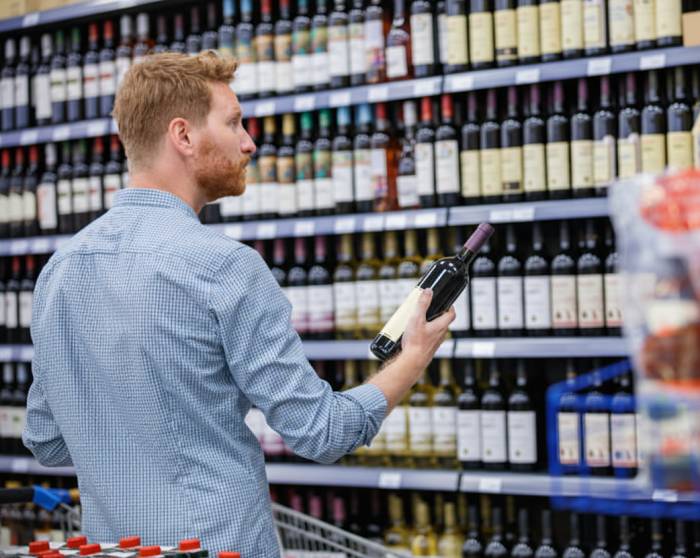Wine Industry Embraces Bold Labels and Digital Tools to Attract Younger Drinkers
Producers shift from tradition to transparency and innovation as global sales decline and new consumer values reshape the market
2025-09-26

In the heart of Tuscany, Arsen Khachaturyants, chief executive of the Arsenio winery, is leading a conversation that is resonating across the global wine industry. He believes that if wine is to attract younger drinkers, it must start by rethinking its most visible asset: the label. For decades, wine labels have been steeped in tradition, featuring ornate crests, cursive fonts, and references to historic estates. These designs once signaled prestige and quality to older generations of wine lovers. But as Khachaturyants and other industry leaders are discovering, these same traditions are now seen as barriers by a new generation of consumers.
Walking down a wine aisle today reveals a changing landscape. While some bottles still display classic motifs, many now feature bold graphics, contemporary art, or even graffiti-inspired designs. This shift is not just about aesthetics. It reflects a deeper change in what younger consumers value. Gen Z and millennials, who grew up with digital technology and instant access to information, are less interested in old-world status symbols. Instead, they look for authenticity, transparency, and stories that feel real.
Recent data shows why this matters. In 2024, global wine sales dropped by 3.3 percent and production reached its lowest point in over six decades. The industry faces an urgent need to connect with new audiences or risk further decline. For many young drinkers, traditional labels on new wines can seem disingenuous—an attempt to borrow prestige that has not been earned. This disconnect can make brands appear out of touch or even deceptive.
Wineries are responding by experimenting with radical new approaches to labeling and marketing. Some use striking visuals that would not look out of place in a modern art gallery. Others incorporate digital tools like QR codes that allow consumers to access detailed information about the wine’s origins, ingredients, and even the people who made it. Scanning a label might reveal an interactive map of the vineyard or a video message from the winemaker.
This trend toward radical transparency goes beyond marketing. Many young consumers want proof that the brands they support are ethical and sustainable. According to a report from First Insight, 62 percent of Gen Z shoppers prioritize buying from sustainable companies and are willing to pay more for it. Wineries are responding by using digital labels to share data about their environmental practices, labor standards, and carbon footprint.
However, there are risks in chasing trends too quickly. What was once innovative—like using animals on labels or minimalist designs—can quickly become commonplace as more brands adopt similar strategies. The challenge for winemakers is to create labels that stand out while remaining true to their values and story.
Smaller producers may have an advantage here. Unlike established brands with decades of history tied to their traditional labels, new wineries can experiment more freely without alienating loyal customers. One example is 19 Crimes, an Australian brand whose labels feature historical criminals whose stories come alive through augmented reality when scanned with a smartphone app. This approach has helped 19 Crimes build a strong connection with younger drinkers by combining engaging storytelling with interactive technology.
The wine industry is also looking to other sectors for inspiration. Beauty and fashion brands have long used digital marketing and social media to build relationships with consumers. Wineries are starting to follow suit by investing in short videos and online content that showcase their unique stories and personalities.
The move away from exclusivity and tradition marks a significant shift for an industry known for its reverence for history. Today’s consumers expect openness and engagement from the brands they support. For winemakers like Khachaturyants at Arsenio, success now depends on embracing bold design choices, leveraging digital tools for transparency, and building authentic connections with the next generation of wine drinkers. As the market continues to evolve, those willing to adapt may find new opportunities in places where tradition once ruled unchallenged.
Founded in 2007, Vinetur® is a registered trademark of VGSC S.L. with a long history in the wine industry.
VGSC, S.L. with VAT number B70255591 is a spanish company legally registered in the Commercial Register of the city of Santiago de Compostela, with registration number: Bulletin 181, Reference 356049 in Volume 13, Page 107, Section 6, Sheet 45028, Entry 2.
Email: [email protected]
Headquarters and offices located in Vilagarcia de Arousa, Spain.